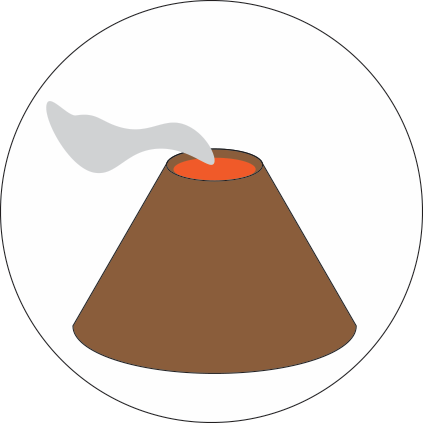

In 79 AD, Pompeii was a prosperous town of about 20,000 people located about 9 km southeast of Vesuvius volcano. It was the site of both commercial and political activity.
In 62 AD the city was rocked by a strong earthquake that caused considerable damage. At the time of the 79 AD eruption, many of the buildings were still under repair.
The 79 AD eruption buried the city under about 3 meters of pumice and ash. It was rediscovered in 1748, when excavations in an area known as "Civita" uncovered artifacts and buildings.
Subsequently, about three quarters of the city has been excavated from the volcanic deposits.
The excavations of Pompeii have revealed unique information about life in Roman times.
Because the 79 AD eruption buried the city so quickly, the excavations have uncovered a snapshot of life in Roman times. The eruption preserved fascinating details about the inhabitants, their homes, the food they ate, the art they produced, and their day to day activities.
In your visit to Pompeii, you will be able to view sites within the ancient city where the volcanic deposits are exposed, and also explore numerous other locations of cultural interest and importance.
Click the next button when you are ready to explore the volcanic deposits and the excavated sites unearthed at Pompeii.